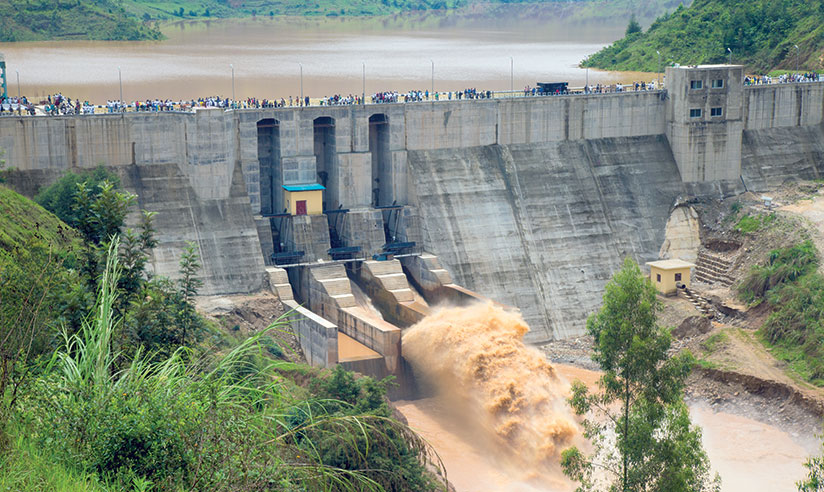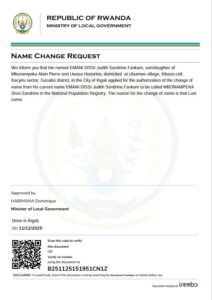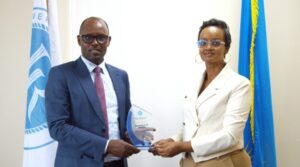
The regional Rusumo Falls Hydroelectric Project will begin supplying electricity to national grids by the December 2021.
This was disclosed on Saturday, June 12 as ministers of the three countries to which the project will supply – Rwanda, Burundi and Tanzania – toured the project.
The project is expected to produce 80 megawatts which will be supplied to the national grids of the three countries. The officials announced that the construction works are at 80 percent, and despite the Covid-19 pandemic that slowed the works last year, they are now back on track and expected to meet the target.
The main civil works of the power plant are located at the Rusumo border, which is between Tanzania and Rwanda. The switchyard is located on Rwanda side and the workers’ camp is located in Tanzania at 5 kilometres from the Rusumo border.
Infrastructure minister, Claver Gatete, said that the work that has been done is “really tremendous”, from the time that they last visited the project in December 2019.
At the time, progress was at 59 percent.
Mechanical works are being done by German contractors, and the civil works by a Chinese company.“We are targeting to complete in December, that is the target we have given ourselves, assuming nothing coming and surprising us,” Gatete confirmed.
“The tunnel that has been going on for a long time, I am happy to report that it has been completed, the rest is now to make sure that they do the finishing so that the water can go through that tunnel, the water will be going to the powerhouse. There is really a lot that has been done in terms of having the turbines worked on,” declared the minister.
A good work has been done, Gatete continued, and the officials appreciated the team that has worked during a very difficult situation of Covid-19, to be able to reach where they are.
The transmission lines to the three countries will be ready before the works at the dam and the powerhouse finish, he stated.
The switchyard of the power plant can allow power exchange among the three countries, with the transmission lines having double sockets of 220KV each, “it means that we can sell electricity in other countries or buy it from them.”
Gatete, Burundi’s Minister for Energy, Eng. Ibrahim Uwizeye, and Tanzania’s Energy Minister, Dr Medard Kalemani, constitute the project’s Council of Minister (CoM), with Gatete taking over the chairmanship of the committee from his Burundian counterpart this Saturday.
The committee agreed to meet late in September or early October to follow up on the works.
This is the fifth time the ministers from the three countries meet to inspect the construction works, with the previous meeting held in December 2019, it was not possible to meet in 2020 due to Covid-19.
“We need the electricity, everybody knows how important the electricity is, we have waited for it for a long time,” Gatete declared.
The 80MW power will be shared equally by the three countries, with each receiving about 27MW to their respective national grids.
Rwandan officials said the power from this project will significantly contribute to the country’s target of 100% electricity access by its population by 2024.
Tanzania’s Energy Minister Kalemani said that this power plant is very “gigantic”, and it is one of the greatest achievements of a partnership of three countries in the energy sector.
He said that if the electricity that Tanzania will get (about 27MW) is to be used in one region, it can serve the whole Kagera Region (21MW).
The three countries worked together to secure $340 million from the World Bank for the construction of the 80MW power plant, and $128 million from the African Development Bank for the transmission lines.
The three countries share the Kagera River Basin, which covers an area of about 60,000 square kilometres, a sub-basin of the River Nile system.
The power plant will use Akagera River, which combines Akagera from Rwanda and Ruvubu from Burundi and Tanzania.





